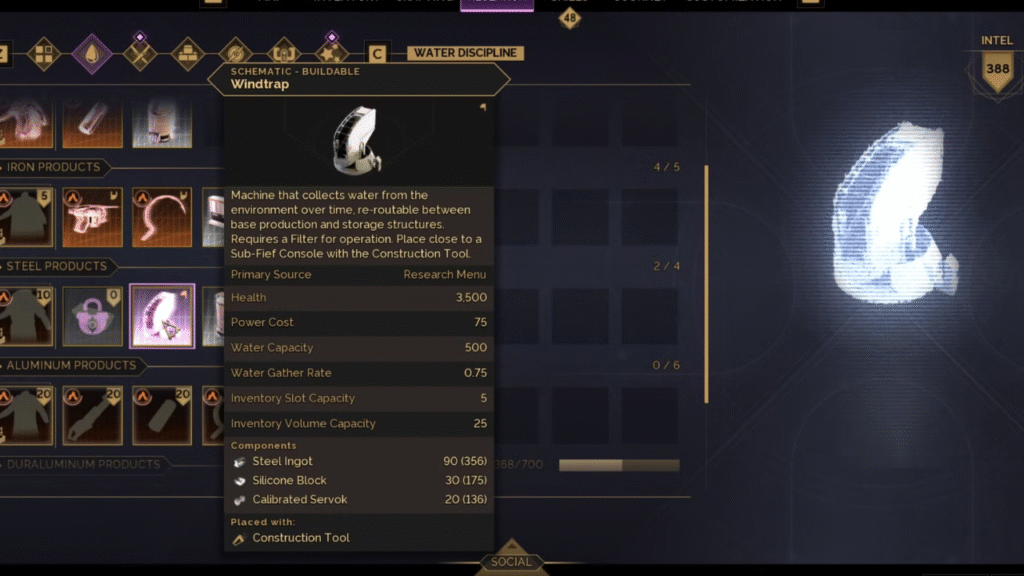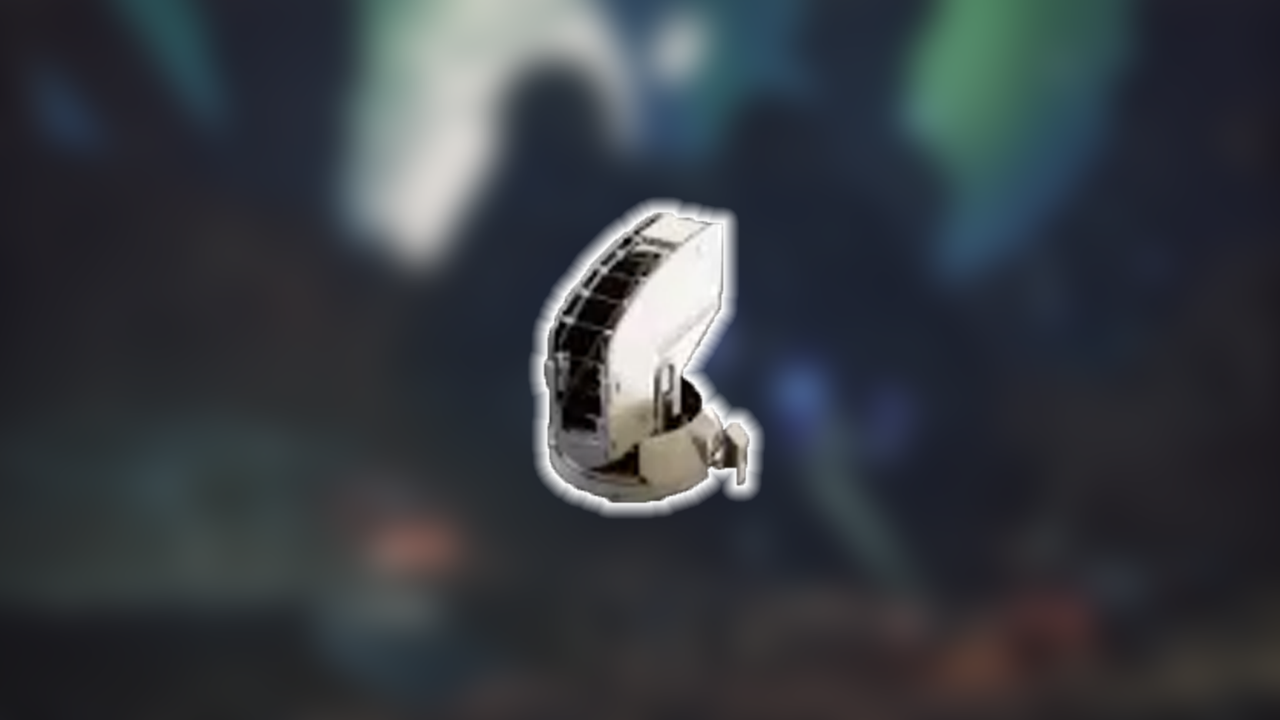In Dune: Awakening, water is survival. Whether you’re crafting, exploring, or just trying to stay alive in the harsh deserts of Arrakis, water is always on your mind. That’s where Windtraps come in—a game-changing tool that can produce water automatically, even while you’re offline.
This guide breaks down everything you need to know about Windtraps: how to unlock them, how they work, and if they’re worth the investment.
What Are Windtraps in Dune: Awakening?
Windtraps are machines that pull water from the surrounding air and add it to your base’s water supply over time.
Once you set them up, they run on their own with almost no maintenance. They’re not fast, but they’re perfect for slow, passive water production—especially when you log off.
Think of Windtraps as your “set it and forget it” water solution for the late game.
How to Unlock and Craft Windtraps?
To use a Windtrap, you first need to research its blueprint using Intel, a valuable in-game resource used for unlocking tech.
Once you’ve unlocked the blueprint, you’ll need the following materials to craft it:
- Steel Ingot x90
- Silicone Block x30
- Calibrated Servok x20
Use your Construction Tool to build the Windtrap. You’ll find it under the Utilities section.
Where to Get Crafting Materials?

- Steel Ingots
Combine Iron Ingots (from Iron Ore in Vermillius Gap), Carbon Ore (from Jabal Eifrit Al-Janub), and Water. - Silicone Blocks
Use Flour Sand, which can be compacted at specific locations, and combine it with water. - Calibrated Servos
Found in Khidr’s Shadow (Jabal Eifrit Al-Janub) or CHOAM Mineral Extraction Facilities (Hagga Rift).
How to Use Windtraps?
Once crafted, place the Windtrap within range of your Sub-Fief Console in open air. You also need to install a Filter to make it work.
There are two types of filters:
- Makeshift Filter – Lasts for 3 hours
- Standard Filter – Lasts for 8 hours
These filters are crafted at the Survival Fabricator, which you’ll also need to unlock through Research.
Windtraps don’t speed up with better filters—they just stay active longer.
How Much Water Do Windtraps Produce?
When powered and running with a filter, a Windtrap produces:
- 0.75 ml per second
- 45 ml per minute
- 2,700 ml per hour
- 64,800 ml per day
The internal storage of a Windtrap is just 500 ml, so if you don’t connect it to a storage unit like a Cistern, it’ll stop producing after about 11 minutes.
Connecting Windtraps to the Water Circuit
Luckily, Windtraps are automatically connected to your base’s Water Circuit if they are within range of the same Sub-Fief Console.
The Water Circuit includes:
- Cisterns
- Deathstills
- Blood Purifiers
These storage units will hold the water your Windtrap creates, allowing it to keep producing without interruption.
Are Windtraps Worth Using?
It depends on your play style and game phase.
When Are Windtraps Useful?
- Offline Progress: Windtraps keep working even when you’re logged out. Perfect for slow passive gains.
- Late Game Use: When you’re planning to travel far from your base (like into the Deep Desert), Windtraps ensure water keeps flowing back home.
- Fully Automated Bases: They help build a no-maintenance water system that doesn’t need your constant attention.
When Windtraps Are Not Ideal?
- Early Game: Crafting one takes a lot of materials and time.
- Urgent Water Needs: Windtraps are slow. If you need water fast, tools like the Dew Reaper Scythe or Deathstill are much faster.
- Efficiency: Compared to active water-gathering tools, Windtraps are very inefficient.
Strategy: When to Build Windtraps
The best time to build Windtraps is after you’ve already secured a stable base and want to start automating your operations. It’s also helpful when you’re preparing to explore deeper, harsher areas where manual water collection becomes harder.
Think of Windtraps as part of your end-game infrastructure, not your starter kit.
Summary
Windtraps in Dune: Awakening are not the fastest way to get water, but they’re one of the most convenient. They shine in passive, long-term setups and let you automate a key part of survival on Arrakis.
If you’re okay with the slow pace and you’ve got the right storage system in place, Windtraps are a smart addition to your base, especially when you’re not around to manage things yourself.







Leave a Comment